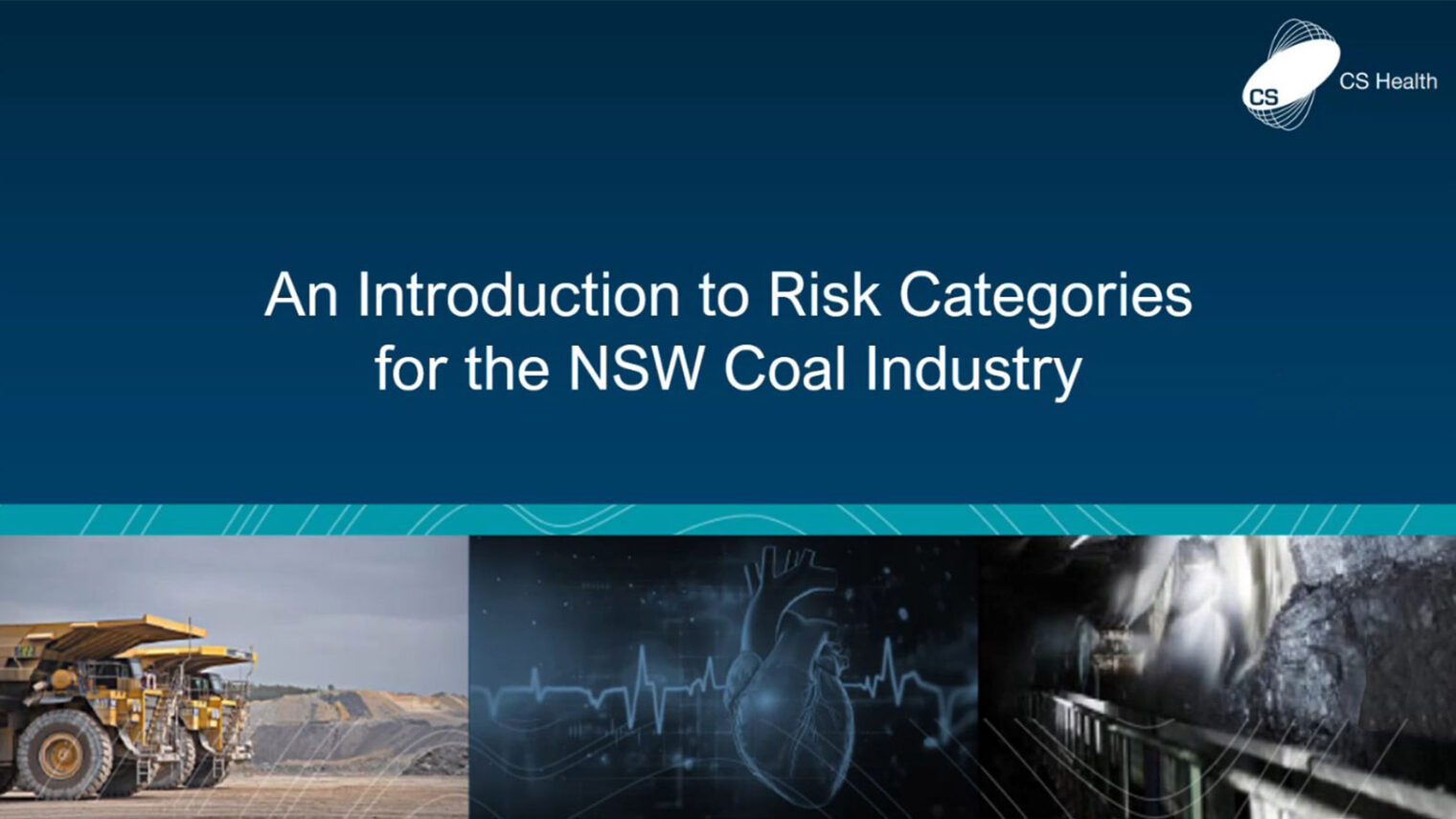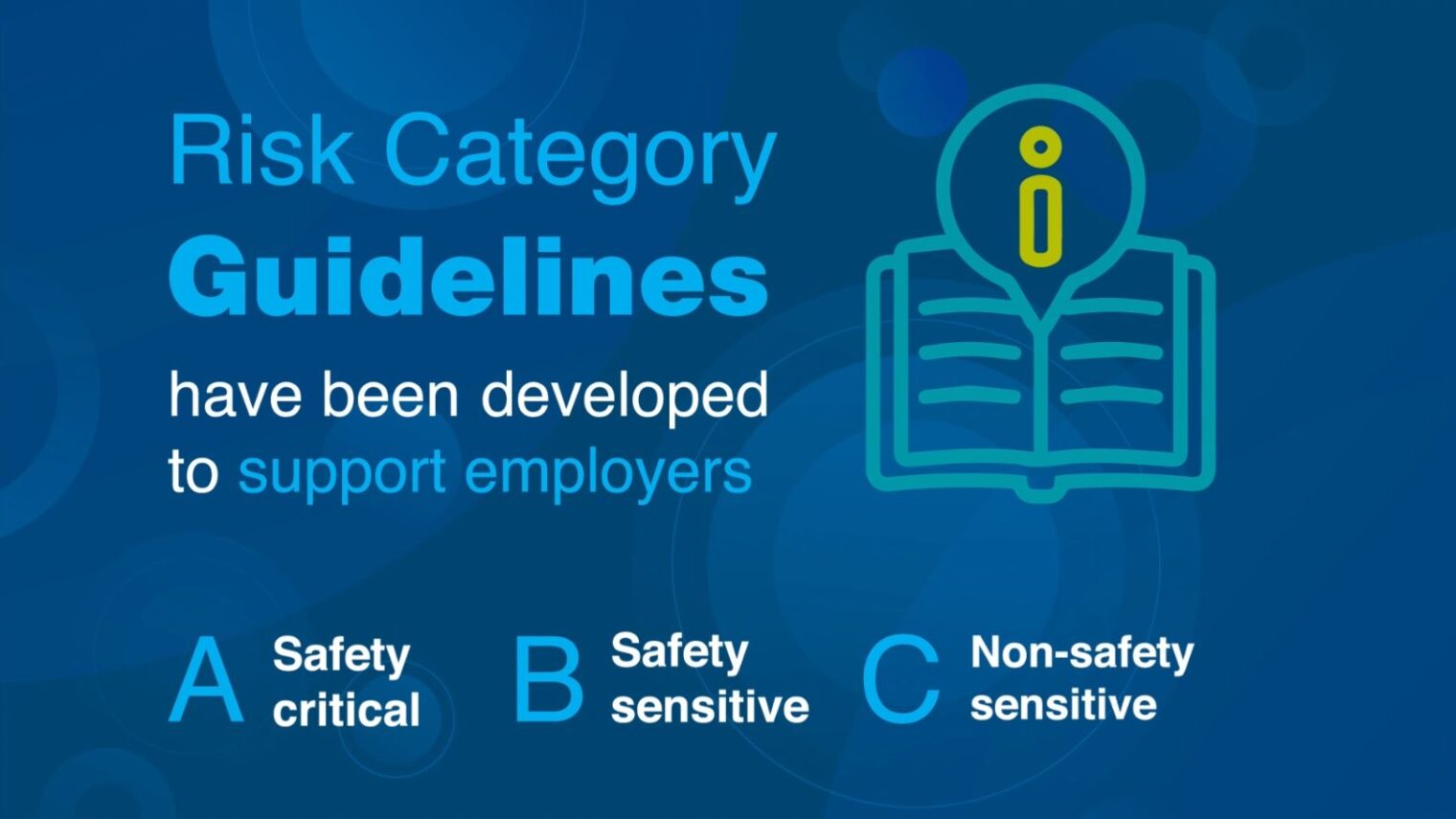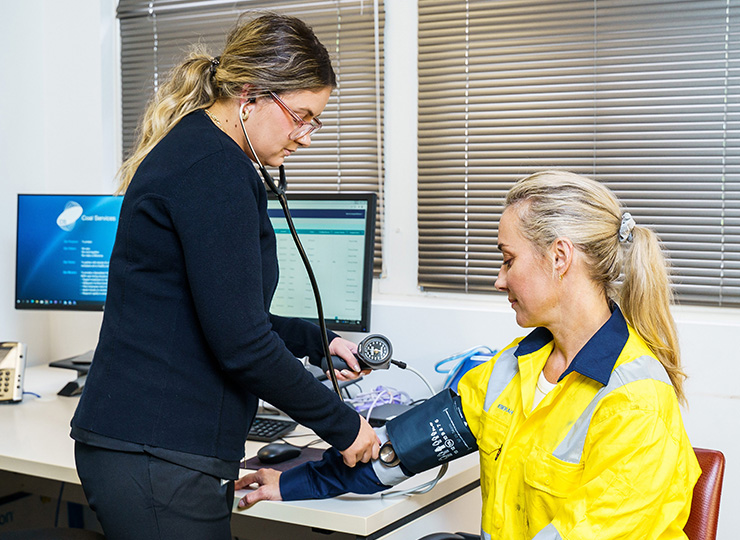Preparing for Order 45: risk categories
Risk categories are used to determine the level of risk for a coal mine worker’s position, based on the tasks they perform.
Risk categories have been introduced to assist approved medical practitioners in selecting the most appropriate medical investigations when assessing a coal mine worker’s fitness for work, particularly when a medical condition has been identified. This approach helps reduce unnecessary follow-ups and testing, while supporting health assessments in line with relevant NSW Coal Industry Health Standards.
The introduction of the risk categories is aligned with Coal Services Health Monitoring Requirements for Coal Mine Workers – Order No. 45 (Order 45). Order 45 is expected to become operational in 2026. Once this occurs, it will be a requirement for employers to nominate risk categories for their coal mine workers.
Coal Services has developed Risk Category Guidelines that detail clear steps for employers when assigning risk categories to coal mine workers.
Industry forum: an introduction to risk categories
A series of webinars has been scheduled to introduce risk categories and guide employers through the Risk Category Guidelines.
The webinar will cover the following topics:
- the purpose and benefits of risk categories
- an overview of the 3 risk categories
- an introduction to the Risk Category Guidelines
- considerations for determining risk categories for coal mine worker positions.
Dates and booking information are available here.

Risk categories: an introduction to risk categories.

Risk categories: explainer video
Additional Resources
Share this page

